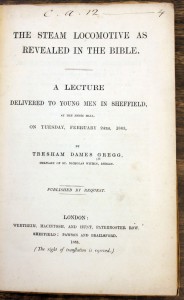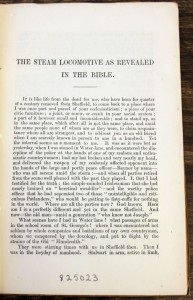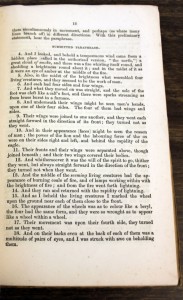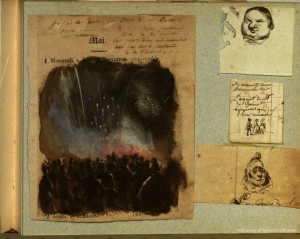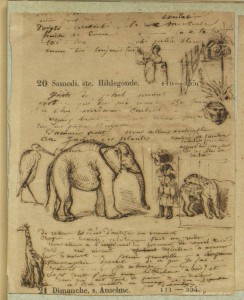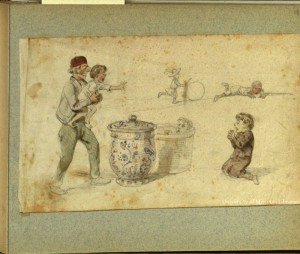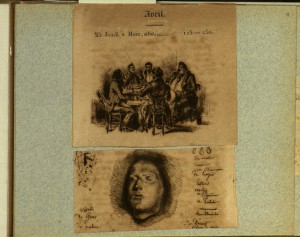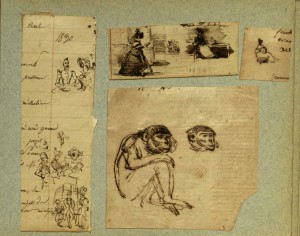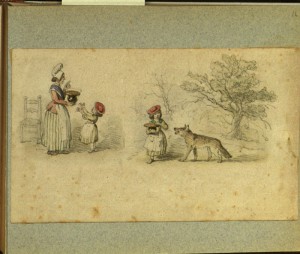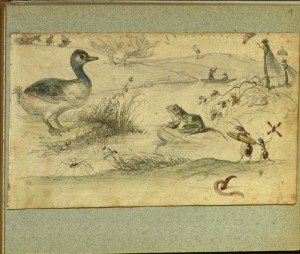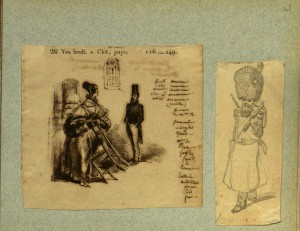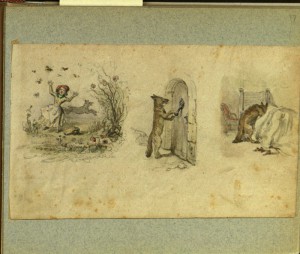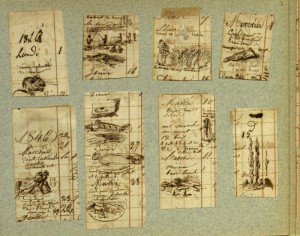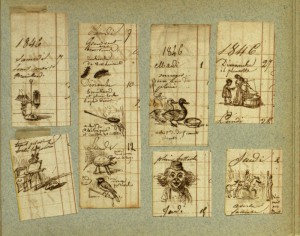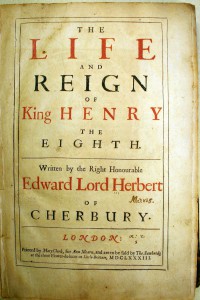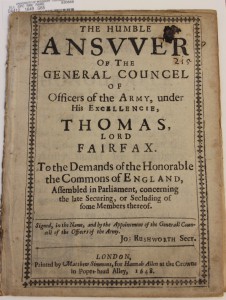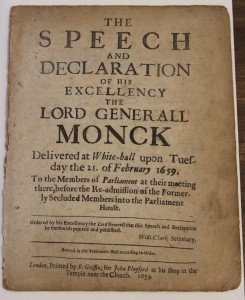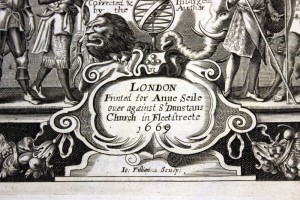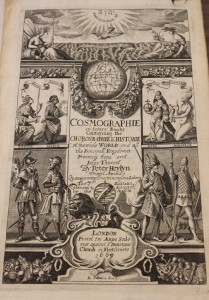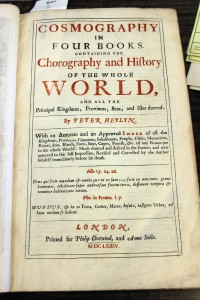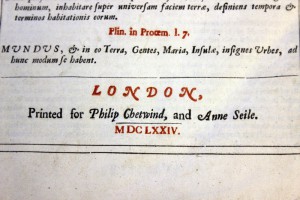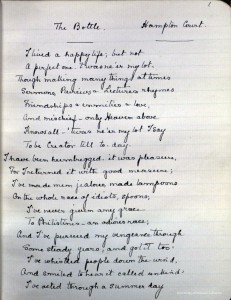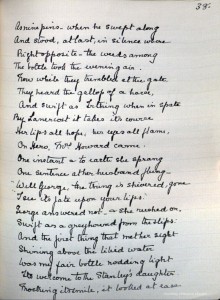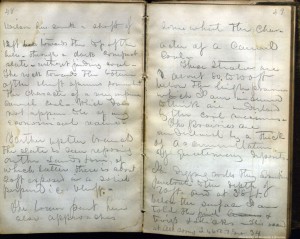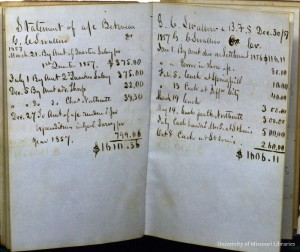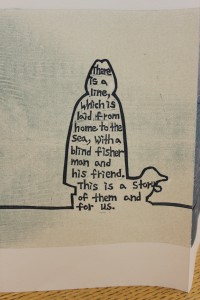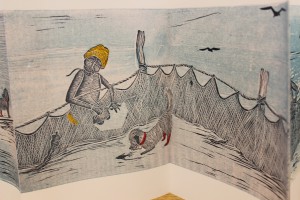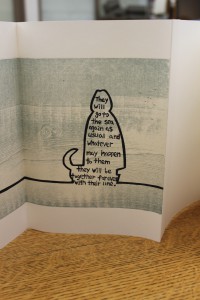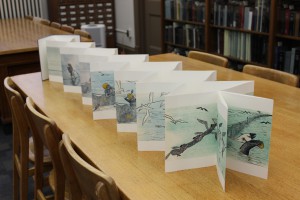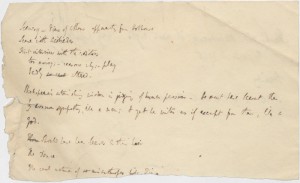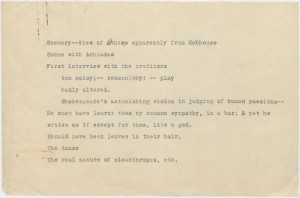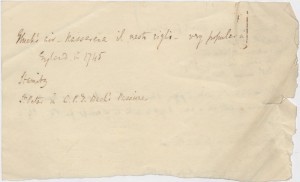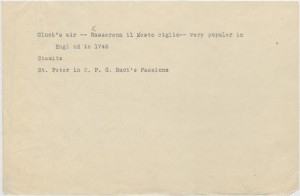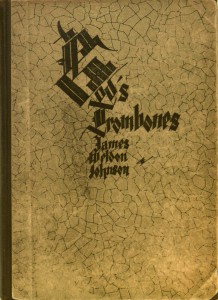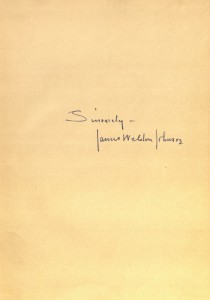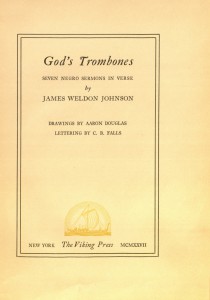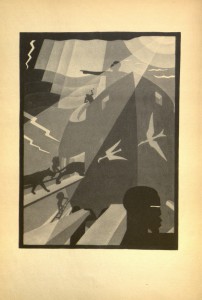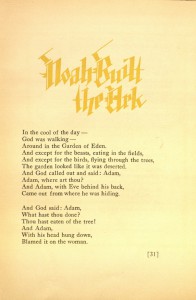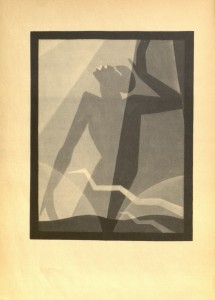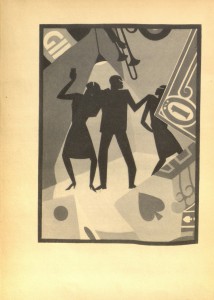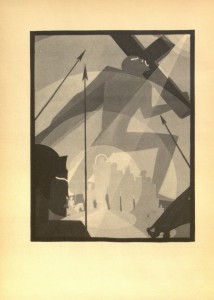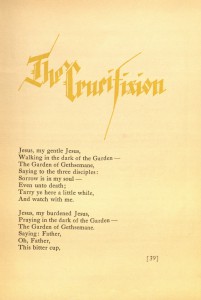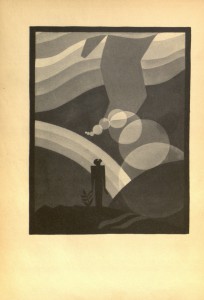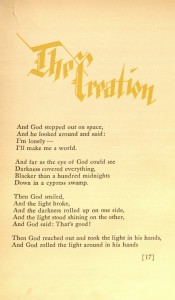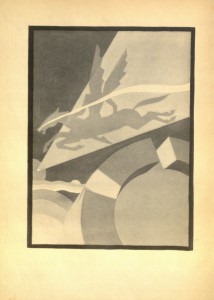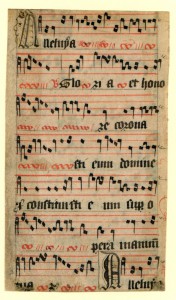Yes, you read that title right – this week we're sharing a selection from the collection of British pamphlets, and it's a sermon claiming that the steam engine was revealed in biblical prophecy. It appears to survive in only a few copies (perhaps unsurprisingly), and this is one of the few in the United States. The author is Tresham Dames Gregg (1800-1881), a militant protestant clergyman who spent much of his career in the Church of Ireland campaigning against Catholicism. Gregg was popular with the working class in Dublin and was consistently at odds with higher-ranking Church officials throughout his career. Although known for his preaching style and his prolific writings, "in his later years he had strange ideas about the rule of the Antichrist, and his own personal immortality" (source).
Gregg's primary idea in this sermon is that various prophetic visions in the Bible are actually descriptions of steam engines. He goes to great lengths to prove this, even paraphrasing the first chapter of Ezekiel, with the famous vision of God's heavenly chariot, to claim that it is in actuality a vision of a passenger train in the far future. But Gregg doesn't end there. He suggests that locomotives on earth are already "partly realized by human skill… why should we not, thus led, be by the divine goodness, at last enabled to construct locomotives that would connect the earth with the other planets?"
